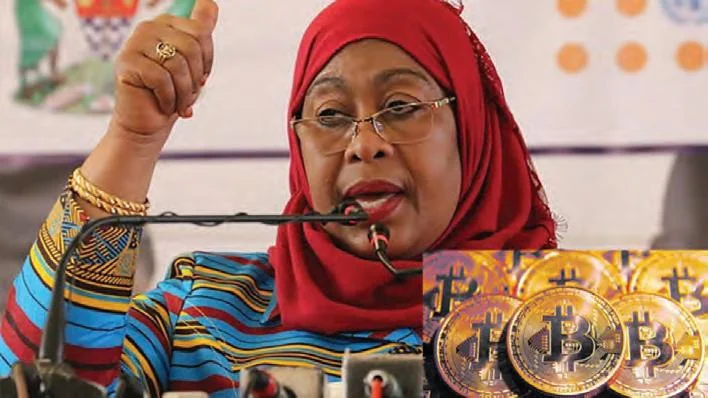Agriculture
Big Irrigation Projects in Africa Have Failed to Deliver. What’s Needed Next By
IN 1938, FRENCH COLONIAL AUTHORITIES in what is today Mali started on an ambitious infrastructure plan to transform the desert into an area of agricultural production. Water was diverted from the Niger River through a canal system to enable irrigation on over one million hectares of fertile land. Eventually covering over 100,000 hectares, this project is still one of the largest irrigation schemes in Africa. The Malian project, known as “Office Du Niger”, has had a profound influence on agricultural water management and planning across Africa since the mid-20th century. By the 1960s African governments saw it as a model for rural development. With World Bank funding, hundreds of dams and large irrigation schemes were set up across Africa. The intended goals were increasing food security, reducing poverty, and stimulating economic growth. Unfortunately, the reality of many of these irrigation projects has been quite different. Since 2008, in response to rising food prices, governments across Africa have announced plans for a new era of irrigation scheme development. Yet, it remains unclear why earlier schemes fell so short of expectations. To answer this question, we evaluated the performance of 79 schemes constructed across sub-Saharan Africa between the 1940s and 2010.
schemes deliver on average only 18% of the irrigated production area they originally propose. And many schemes are now completely inactive – some only a few years after construction. There appears to be little evidence of scheme performance improving over more than 60 years.
Cycle of failure
Research on individual schemes has blamed a number of factors for irrigation project failures. These include scheme size and climate. Arguing that larger schemes that experience more variable climates fail more often. This was largely not the case in our analysis of 79 projects. Instead, we found the main causes of failure to be political and management frameworks underpinning irrigation project development. First the political. For governments, a key motivation for scheme development was to produce more food. This would also reduce dependence on imports while generating exports. But the resulting focus on production of low-value staple crops – such as rice and maize – often led to poor financial performance. Low-value crops undermine the financial sustainability of capital intensive irrigation projects in the long term. This is because these crops don’t Unbiased. Nonpartisan. Factual. always generate reliable and substantial profits Our research reviewed original targets for from land allocated within schemes. And that agricultural production areas, as reported in project makes it harder for farmers to contribute to the planning documents. These were compared with maintenance and upkeep of infrastructure. The result is a cycle of dependence on external estimates of how much irrigated land projects currently support. The estimates were derived investment and subsidies. Once this initial investment runs out, many schemes deteriorate from high-resolution satellite imagery. Our findings show that these irrigation rapidly.
38
July-August 2021
DAWN
www.africabusinessassociation.org













































